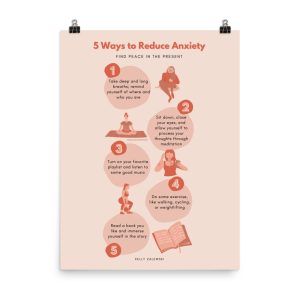


A logo sign at the headquarters of McKesson in downtown San Francisco,
From the Washington Post For the first time ever, a database maintained by the Drug Enforcement Administration that tracks the path of every single pain pill sold in the United States — from manufacturers and distributors to pharmacies in every town and city — is being made public. The data was released as part of the largest civil action in U.S. history and provides an unprecedented look at the surge of legal pain pills that fueled the prescription opioid epidemic, which resulted in nearly 100,000 deaths from 2006 through 2012.
Here are The Post’s biggest takeaways:
[Story: Newly released federal data unmasks the epidemic ]
[DEA database: Where the pain pills went]1. The national database has never been released publicly.
The database is based on previously unreleased company data supplied to the DEA and reveals what each company knew about the number of pills it was shipping and dispensing, year by year, town by town. It is a virtual road map to the opioid epidemic. The drug companies, along with the DEA and the Justice Department, have fought furiously against the public release of the database, the Automation of Reports and Consolidated Orders System, known as ARCOS.2. The companies flooded the nation with pills as the opioid epidemic raged.
A Washington Post analysis of the database shows that America’s largest drug companies distributed 76 billion oxycodone and hydrocodonepain pills across the country between 2006 and 2012 as the nation’s deadliest drug epidemic spun out of control.
About two dozen companies are being sued in federal court in Cleveland by nearly 2,000 cities, towns and counties alleging that they conspired to flood the nation with opioids. The companies, in turn, have blamed the epidemic on overprescribing by doctors and pharmacies, and on customers who abused the drugs. The companies say they were working to supply the needs of patients with legitimate prescriptions desperate for pain relief.
[Companies respond to previously unreleased DEA data about opioid sales]3. A handful of companies manufactured and distributed most of the opioids.
Just six companies distributed 75 percent of the pills — oxycodone and hydrocodone — during this period: McKesson Corp., Walgreens, Cardinal Health, AmerisourceBergen, CVS and Walmart, according to an analysis of the database by The Washington Post.
Three companies manufactured about 88 percent of the opioids: SpecGx, a subsidiary of Mallinckrodt; Actavis Pharma; and Par Pharmaceutical, a subsidiary of Endo Pharmaceuticals.4. The number of pills distributed skyrocketed over seven years.
The volumes of the pills handled by the companies climbed as the epidemic surged, increasing 51 percent from 8.4 billion in 2006 to 12.6 billion in 2012. By contrast, doses of morphine, a well-known treatment for severe pain, averaged slightly more than 500 million a year during the same period.
The numbers of pills the companies sold during the seven-year time frame are staggering, far exceeding what has been previously disclosed in limited court filings and news stories.
The opioid epidemic began with prescription pills, spawned increased heroin use and then resulted in the current fentanyl crisis, which added more than 67,000 to the death toll from 2013 to 2017.5. Some states and rural areas were saturated.
The states that received the highest concentrations of pills per person per year were: West Virginia with 66.5, Kentucky with 63.3, South Carolina with 58, Tennessee with 57.7 and Nevada with 54.7. West Virginia also had the highest opioid death rate from 2006 through 2012.
Rural areas with the greatest number of pills shipped per person per year were: Norton, Va., with 306; Martinsville, Va., with 242; Mingo County, W.Va., with 203; and Perry County, Ky., with 175.










Copyright © 2023 Reach Out Recovery Services LLC | Terms and Conitions |. Site by Quadshot Digital